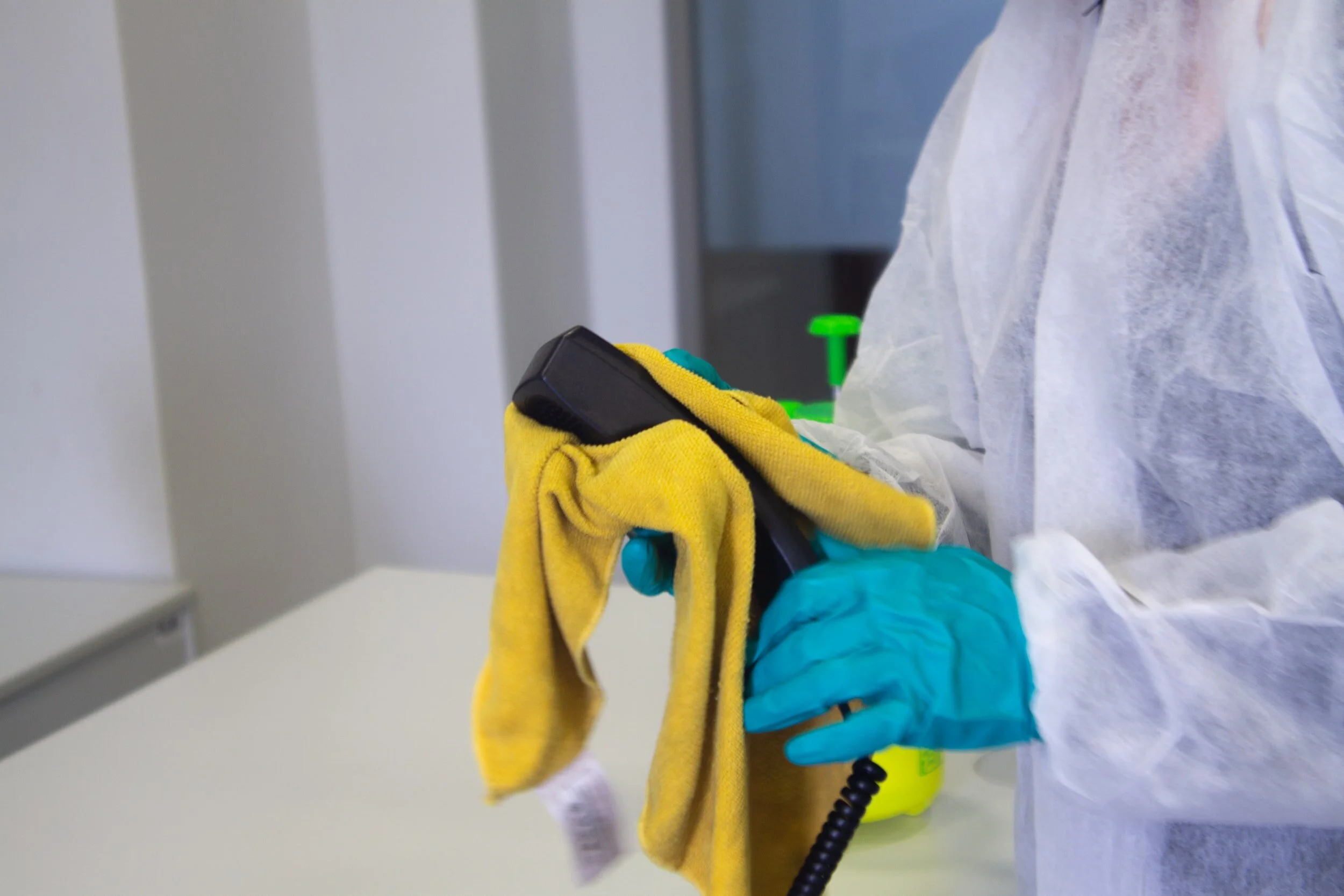Planning for Return-to-Work
With the rollout of vaccines and changes to local or federal regulations, many organizations are returning their employees to the office or jobsite. Those in health and safety roles are being tasked with the creation and execution of a return-to-work plan.
Goals of a Return-to-Work Plan
Health and safety teams will have several competing goals when it comes to creating their organization’s return-to-work plans. The primary goal will be keeping employees safe, as well as ensuring that they feel safe while at work.
Next, the goal of business continuity will be a big factor in the action items chosen for the plan. Avoiding business disruption due to the safety measures implemented and the potential disruption created by a confirmed case will have to be balanced with each other.
The final goal will be limiting the organization’s liability by ensuring that the required standards are met, and thus reducing the likelihood of litigation or fines.
Employer Responsibilities
Many jurisdictions have put a lot of responsibility on the employer to keep employees safe and protected from COVID-19 while on the jobsite. Following the recent changes laid out by the Biden administration, many American businesses are likely to be under greater scrutiny from OSHA. This means that the return-to-work plan must be comprehensive and in line with the most recent guidelines. Employers who do not follow guidelines can expect to receive fines or citations. Other countries have also put an emphasis on the employer’s role in the safety of employees. In Canada, the employer is required to investigate and report confirmed COVID-19 cases in the workplace. Being able to contact trace efficiently will be a very important aspect of the return-to-work plan.
Implementing the proper controls and procedures will be a key part of the return-to-work plan. This can involve changes to the work environment, procedural changes, or new policies. Part of the OSHA guidelines for a COVID-19 safe workplace involve looking at the organization’s engineering and administrative controls, as well as PPE. To read more about using the Hierarchy of Hazard Control (including engineering controls, administrative controls, and PPE), take a look at this post.
Job Requirements and Employee Perceptions
When building a return-to-work plan, the requirements of the job being performed by employees will be a big factor in which measures are implemented. Some industries, such as those that mostly work in an office-style environment, will put a larger emphasis on social distancing. For other industries, maintaining social distance is not possible to complete the necessary tasks. For example, manufacturing requires employees to work closely together and to use the same equipment. This will adjust the emphasis to contact tracing, PPE, and sanitization efforts.
Not all employees will be ready or comfortable with the return to office. Ensuring that the return-to-work plan is clear, comprehensive, and communicated thoroughly will help improve the employee experience, as well as compliance with the new changes. Educating employees on the basic prevention measures is one of the key considerations for any safety plan.
Measuring the Success of a Return-to-Work Plan
Measuring success of an organization’s return-to-work plan will hinge on a few key factors. First, the plan should reduce the overall work for those responsible by finding the most efficient methods for ensuring safety, such as by introducing automated social distancing alerts and other streamlined processes.
The success will also be measured by the speed of intervention in the event of a case of COVID-19, and how effectively the plan minimizes disruptions. This can involve using tools like digital contact tracing that allows impacted employees to be identified within minutes.
The final measure of success will be the perception of safety among the organization’s employees. Finding tools and processes that can make them feel safer will greatly increase the success of the return-to-work plan.
If you are looking for more ways your organization can create a safe workplace, please read this post.



